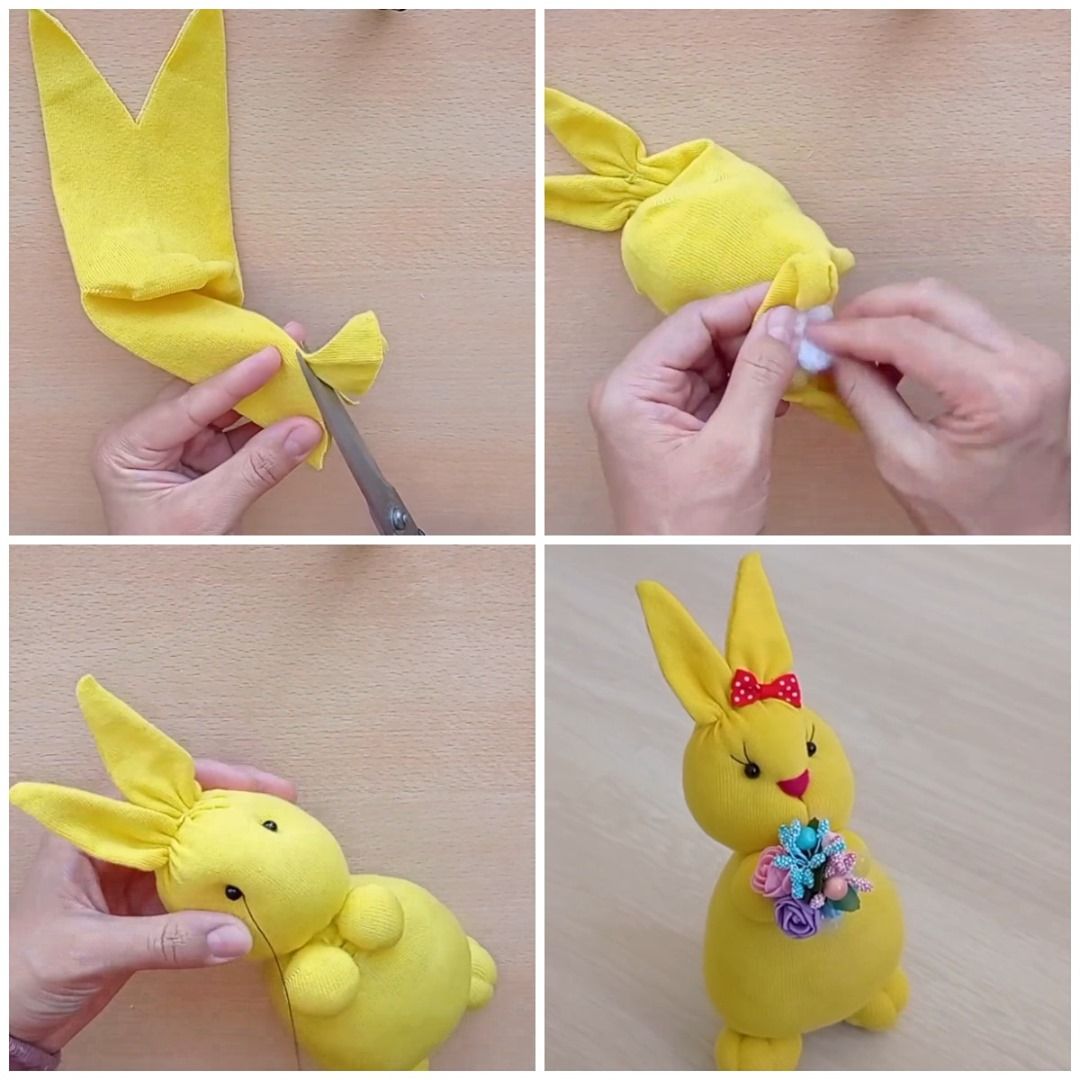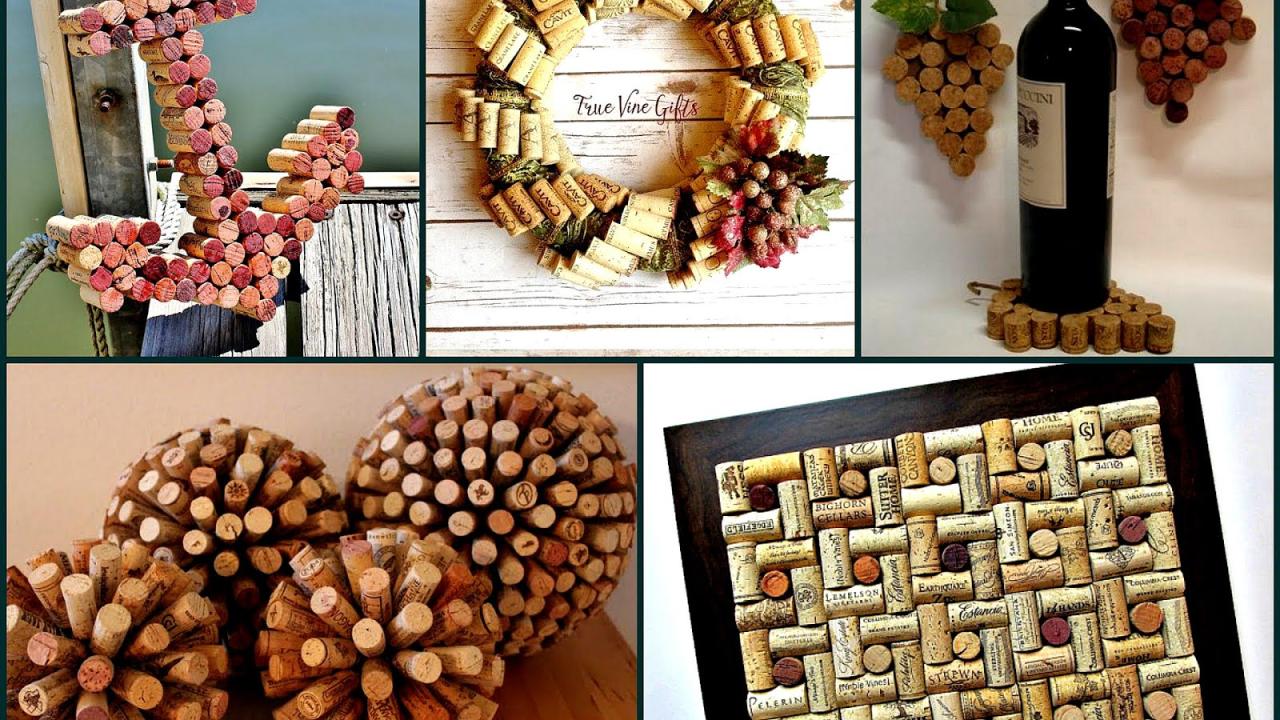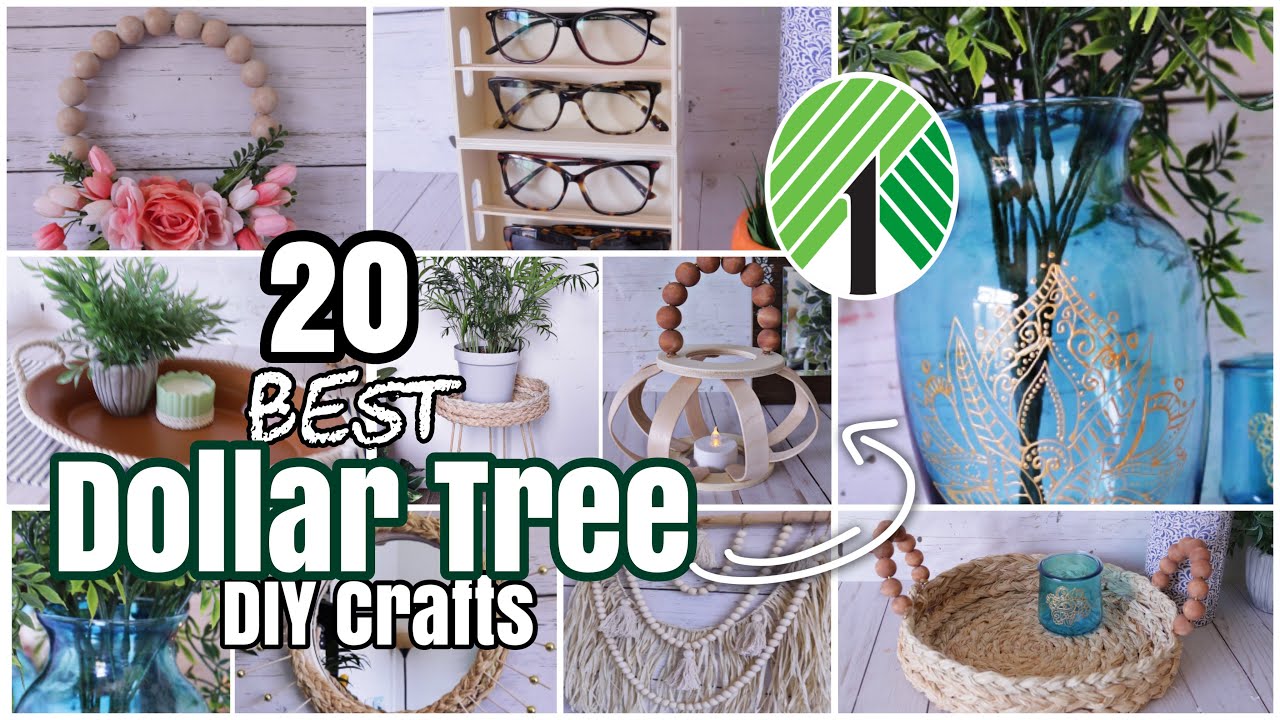DIY wood projects offer a fulfilling and creative outlet, allowing you to transform simple materials into stunning pieces. Whether you’re a seasoned craftsman or a curious beginner, the world of woodworking holds endless possibilities. This guide will equip you with the knowledge and skills to embark on your woodworking journey, from choosing the right wood to mastering essential techniques.
Woodworking is a craft that has been practiced for centuries, dating back to ancient civilizations. It has played a significant role in shaping our world, from building homes and furniture to crafting intricate sculptures and musical instruments. The beauty and versatility of wood have captivated artisans and enthusiasts alike, making it a timeless and enduring craft.
Choosing the Right Wood
Choosing the right wood for your DIY project is crucial, as it impacts the project’s strength, durability, and aesthetic appeal. Different wood types possess unique characteristics that make them suitable for specific applications.
Wood Types and Their Properties
This section will discuss common wood types used in DIY projects, highlighting their properties and typical applications.
- Softwoods: Softwoods are generally less dense and easier to work with than hardwoods. They are commonly used in construction, furniture making, and crafts.
- Pine: Known for its affordability and availability, pine is commonly used in construction projects like framing, sheathing, and decking. It is also a popular choice for furniture due to its light color and ease of working.
- Spruce: Spruce is a strong and lightweight wood often used for structural purposes, including framing, roof trusses, and musical instruments. It is also a good choice for outdoor projects due to its resistance to decay.
- Fir: Fir is another strong and durable softwood commonly used in construction and furniture making. It is known for its straight grain and even texture.
- Hardwoods: Hardwoods are denser and more durable than softwoods. They are often used for furniture, flooring, and other high-end applications.
- Oak: Oak is a strong, durable, and beautiful hardwood often used for furniture, flooring, and cabinetry. It is known for its distinctive grain pattern and warm color.
- Maple: Maple is a hard, strong, and dense hardwood commonly used for furniture, flooring, and musical instruments. It is known for its beautiful grain pattern and its ability to take a high polish.
- Cherry: Cherry is a hard, strong, and durable hardwood known for its rich reddish-brown color and attractive grain pattern. It is commonly used for furniture, cabinetry, and decorative items.
Factors to Consider When Choosing Wood
When selecting wood for your DIY project, consider the following factors:
- Strength and Durability: The strength and durability of wood determine its suitability for specific applications. For example, hardwood floors require strong and durable wood to withstand foot traffic, while furniture requires wood that can withstand weight and wear.
- Aesthetic Appeal: Wood’s aesthetic appeal is crucial for projects where appearance matters. Factors like grain pattern, color, and texture contribute to the overall visual appeal.
- Cost and Availability: Wood costs vary significantly depending on type, quality, and availability. Consider your budget and the availability of the desired wood type in your area.
- Ease of Workability: Some woods are easier to work with than others. Consider your skill level and the tools available to you.
- Resistance to Decay and Moisture: If your project will be exposed to the elements, choose wood that is resistant to decay and moisture.
Wood Type Comparison Table
The following table compares common wood types used in DIY projects:
| Wood Type | Characteristics | Cost | Availability | Typical Applications |
|---|---|---|---|---|
| Pine | Soft, lightweight, affordable, easy to work with | Low | High | Construction, furniture, crafts |
| Spruce | Strong, lightweight, durable, straight grain | Moderate | Moderate | Construction, musical instruments, outdoor projects |
| Fir | Strong, durable, even texture, straight grain | Moderate | Moderate | Construction, furniture, outdoor projects |
| Oak | Hard, strong, durable, distinctive grain pattern | High | Moderate | Furniture, flooring, cabinetry |
| Maple | Hard, strong, dense, beautiful grain pattern | High | Moderate | Furniture, flooring, musical instruments |
| Cherry | Hard, strong, durable, rich reddish-brown color | High | Moderate | Furniture, cabinetry, decorative items |
Popular DIY Wood Projects
The world of DIY wood projects is vast and exciting, offering a plethora of possibilities for transforming your home and adding a personal touch to your surroundings. From furniture to home décor, the options are endless, and the satisfaction of creating something with your own hands is unparalleled.
Popular DIY Wood Projects
Here are some of the most popular DIY wood projects that are sure to inspire your next creative endeavor:
- Coffee Tables: Coffee tables are a staple in any living room, and they can be customized to fit any style. You can find countless plans online for building coffee tables, ranging from simple to complex. You can use various woods, finishes, and design elements to create a coffee table that is uniquely yours.
- Shelves: Shelves are a practical and stylish way to add storage and display space to your home. You can build shelves for your living room, bedroom, bathroom, or kitchen. There are countless designs and styles to choose from, allowing you to create shelves that complement your existing décor.
- Bed Frames: Building a bed frame is a great way to create a statement piece in your bedroom. You can choose from a variety of designs, from simple and modern to ornate and traditional. You can also customize the size and materials to fit your specific needs.
- Outdoor Furniture: Outdoor furniture is essential for enjoying the warm weather. You can build a variety of outdoor furniture pieces, such as benches, chairs, tables, and even swings. Choose weather-resistant wood and finishes to ensure your furniture lasts for years to come.
- Wooden Signs: Wooden signs are a versatile and popular DIY project. They can be used to add a touch of personality to your home, decorate your garden, or even as a gift. You can create signs with various sayings, images, or designs.
- Wooden Wall Art: Wooden wall art is a unique and stylish way to add visual interest to your walls. You can create various designs, from simple geometric patterns to intricate wood carvings.
- Cutting Boards: Cutting boards are a practical and essential kitchen tool. You can build cutting boards from various woods, such as maple, cherry, or walnut.
- Wooden Toys: Wooden toys are a timeless and durable option for children. You can create a variety of wooden toys, such as blocks, puzzles, and cars.
Detailed Plans for Selected Projects
Let’s delve into the details of a few popular DIY wood projects, providing detailed plans and instructions for your crafting journey.
Building a Simple Coffee Table
A simple coffee table can be a great beginner project. You can use basic woodworking skills and tools to create a functional and stylish piece of furniture. Here’s a simple plan:
Materials:
- 1×4 lumber (for legs and frame)
- 1/2 inch plywood (for tabletop)
- Wood glue
- Wood screws
- Sandpaper
- Wood stain or paint (optional)
Tools:
- Saw
- Drill
- Screwdriver
- Measuring tape
- Level
Instructions:
- Cut the lumber for the legs and frame according to your desired dimensions.
- Assemble the frame using wood glue and screws.
- Cut the plywood for the tabletop and attach it to the frame.
- Sand the entire coffee table to smooth out any rough edges.
- Apply wood stain or paint (optional).
Creating a Wooden Wall Art
Wooden wall art can be a great way to showcase your creativity and add a personal touch to your home. Here’s a simple project idea:
Materials:
- Wooden planks of varying sizes and thicknesses
- Wood glue
- Wood screws
- Sandpaper
- Wood stain or paint (optional)
- Hanging hardware
Tools:
- Saw
- Drill
- Screwdriver
- Measuring tape
- Level
Instructions:
- Cut the wooden planks into various shapes and sizes.
- Arrange the planks on a flat surface to create your desired design.
- Secure the planks together using wood glue and screws.
- Sand the entire wall art to smooth out any rough edges.
- Apply wood stain or paint (optional).
- Attach hanging hardware to the back of the wall art.
Creative and Unique DIY Wood Projects
Beyond the traditional, there’s a world of creative and unique DIY wood projects that can elevate your home decor. Here are a few examples:
- Wooden Planters: Build planters from reclaimed wood or salvaged pallets. You can customize the size and shape to fit your plants and create a rustic and eco-friendly touch to your garden or home.
- Wooden Lamps: Transform salvaged wood into unique and stylish lamps. You can create a modern or rustic lamp using various wood types and finishes.
- Wooden Clocks: Create a functional and decorative clock from wood. You can use various wood types, shapes, and designs to create a unique timepiece for your home.
- Wooden Jewelry Boxes: Build a personalized jewelry box from wood. You can use various techniques, such as inlay, carving, or painting, to add intricate details to your creation.
Woodworking Safety
Woodworking is a rewarding hobby and skill, but it’s crucial to prioritize safety to prevent injuries. While woodworking can be a fun and creative outlet, it also presents potential hazards that need to be addressed.
Safety Gear
It is essential to wear appropriate safety gear when woodworking. Protective gear helps to minimize the risk of injury from flying debris, sharp tools, and other hazards.
- Safety Glasses: Protect your eyes from dust, wood chips, and flying debris.
- Hearing Protection: Use earplugs or earmuffs to protect your hearing from the noise of power tools.
- Dust Mask: A dust mask is essential for protecting your lungs from inhaling sawdust and other wood particles.
- Gloves: Wear gloves to protect your hands from splinters, cuts, and abrasions.
- Work Boots: Steel-toe work boots provide protection for your feet in case of dropped tools or heavy objects.
Tool Safety
Power tools are essential for many woodworking projects, but they also pose a risk of serious injury if not used properly.
- Inspect Tools Before Use: Always inspect your tools for damage before using them. Make sure blades are sharp, cords are not frayed, and guards are in place.
- Use the Right Tool for the Job: Don’t try to use a tool for a task it wasn’t designed for. Using the correct tool ensures safety and better results.
- Keep Tools Sharp: Sharp tools are safer than dull ones because they require less force to use.
- Use Safety Guards: Always use the safety guards provided with your tools. These guards help to protect you from flying debris and other hazards.
- Unplug Tools When Not in Use: Always unplug tools when you are not using them. This helps to prevent accidental starts and injuries.
Workshop Safety
A well-organized and safe workshop environment is crucial for woodworking.
- Keep Workshop Clean: A cluttered workshop is a hazard. Clear away sawdust, debris, and tools that are not in use.
- Good Lighting: Ensure your workshop is well-lit. Adequate lighting makes it easier to see what you are doing and helps prevent accidents.
- Proper Ventilation: Woodworking produces sawdust and fumes that can be harmful to your health. Make sure your workshop is well-ventilated.
- Fire Extinguisher: Keep a fire extinguisher readily available in case of a fire.
- First Aid Kit: Have a well-stocked first aid kit on hand for minor injuries.
Inspiration and Ideas

The world of woodworking is brimming with possibilities, and the best way to unlock your creativity is by drawing inspiration from others. From stunning furniture designs to intricate wood carvings, there’s a wealth of knowledge and artistry to discover.
Professional Woodworking Projects
Professional woodworking projects offer a glimpse into the skill and craftsmanship that can be achieved with wood.
- Custom-made furniture: Imagine a dining table crafted from reclaimed wood, its unique grain patterns telling a story of its past. Or a sleek modern sofa, its curves and angles showcasing the woodworker’s mastery of form and function.
- Architectural elements: Wood can be used to create stunning architectural features, from intricately carved cornices and moldings to massive wooden beams that add character and warmth to a space.
- Art and sculpture: Wood is a versatile medium for art, lending itself to both delicate carvings and bold, expressive sculptures.
Creative DIY Wood Projects
The beauty of DIY woodworking lies in its limitless potential for creativity. Here are some examples of innovative projects that showcase the versatility of wood:
- Upcycled furniture: Give old furniture a new lease on life by transforming it into something unique and stylish. A vintage dresser can be painted, distressed, and repurposed as a bathroom vanity.
- Geometric wood art: Experiment with different shapes and sizes of wood to create abstract wall art or geometric sculptures.
- Woodworking with unconventional materials: Don’t be afraid to think outside the box and incorporate other materials like metal, glass, or fabric into your woodworking projects.
Conclusive Thoughts
With the right tools, techniques, and a dash of creativity, you can create amazing DIY wood projects that enhance your home, express your individuality, and leave a lasting impression. Whether you’re building a sturdy bookshelf, crafting a charming birdhouse, or restoring a vintage piece of furniture, woodworking is a rewarding experience that allows you to connect with nature and bring your visions to life.
DIY wood projects offer a wide range of possibilities, from furniture to decor. If you’re looking to add a unique touch to your space, consider incorporating a DIY accent wall. There are endless possibilities when it comes to creating an accent wall with wood, whether you’re using reclaimed wood, shiplap, or even simple plywood.
For inspiration and guidance on creating your own DIY accent wall, check out these diy accent wall ideas. Once you’ve chosen your design, you can get started on your DIY wood project and transform your space.




